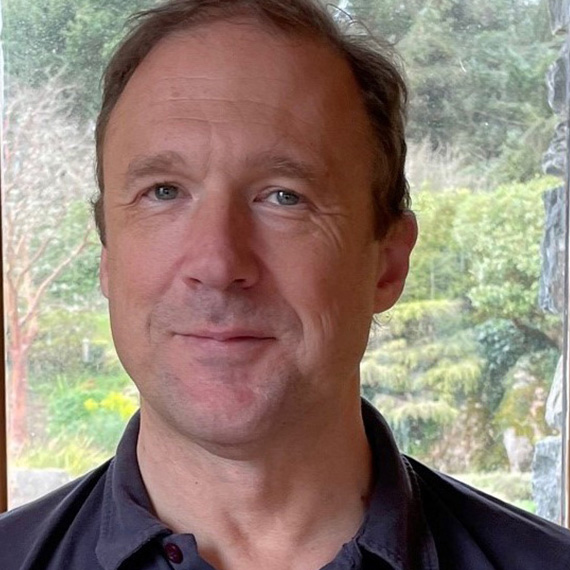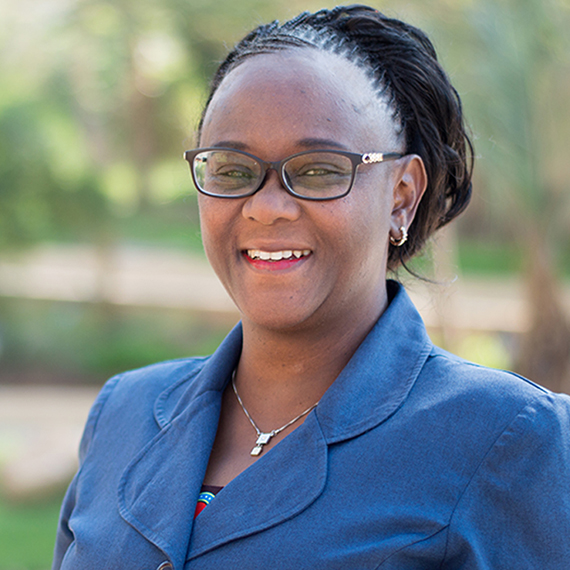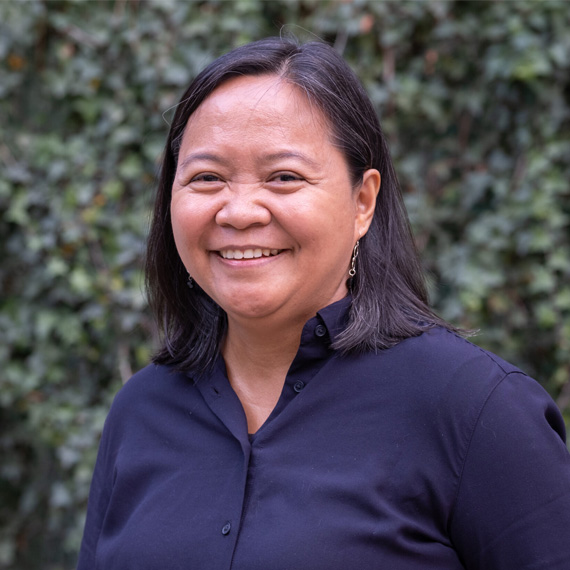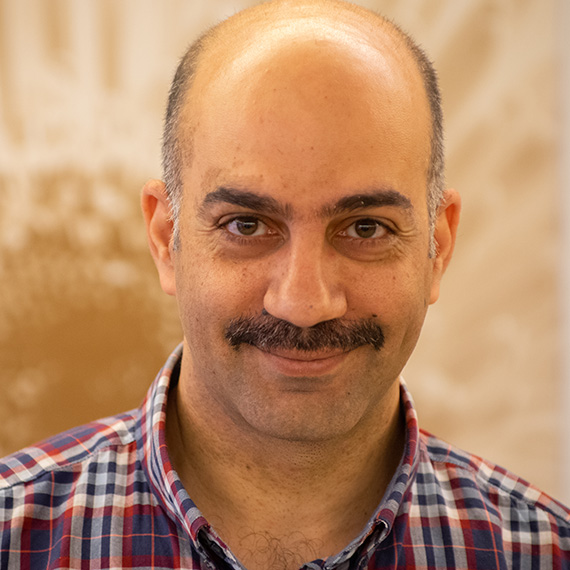30 March 2015 - Since the beginning of February 2015, the state of Acre and part of the state of Amazonas, located in North Region of Brazil, suffer from heavy rains, resulting in Acre and Purus rivers and its tributaries, rising levels and consequent floods. According to the Ministry of National Integration, in Rio Branco, capital of Acre, the Acre river exceeded the historical level reached in 1997 of 17.66 meters, reaching 18.40 meters in early March this year. The most affected municipalities were the capital Rio Branco, Brasiléia, Tarauacá, Feijó, Epitaciolândia, Porto Acre, Assis Brasil and Sena Madureira.
The flooding of Acre and Purus rivers also affects the state of Amazonas, especially on the border with Acre. There, the most affected municipalities to date are Boca do Acre, Canutama, Tapauá, Carauari and Pauini, where 240 families Apurinãs (indigenous people) live in communities located along the Purus River and its tributaries. Their crops were destroyed and they are without access to clean water.
Communities are helpless, with no support from government organizations, including the official indigenous body of Brazil, Funai. One of the major difficulties is the distance to the villages. To access the village that is most distant from Pauini a boat trip of 5 days is needed (10 days return trip). Also, 210 families living on river banks areas of the Acre River are in need due to the extent of their losses on food, cattle and household items, these communities are completely isolated and without communication since the floods.
Rapid Responses Funds 04_2015_Brazil_floods




